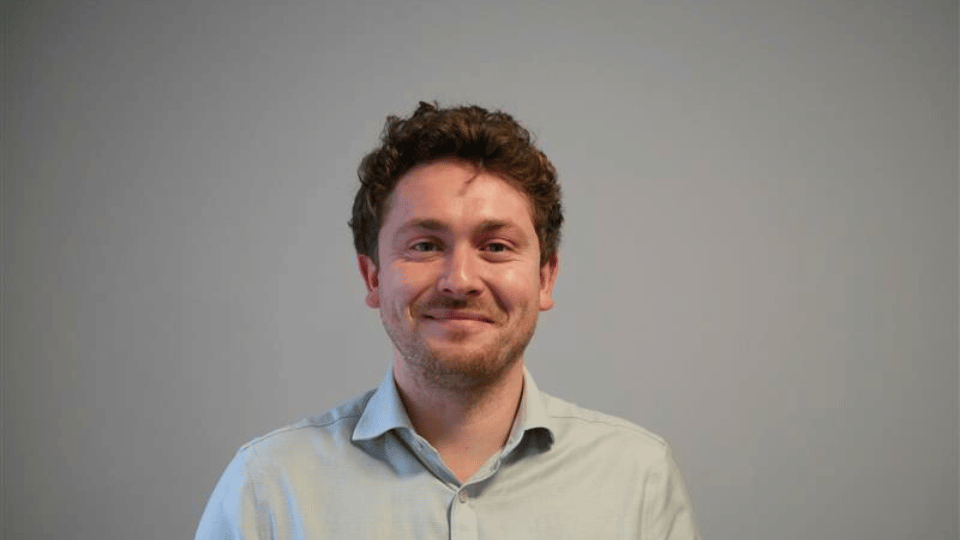Autism and anxiety: types, tips and support
Learn about the link between autism and anxiety, and find effective ways to manage these challenges.
Learn about the link between autism and anxiety, and find effective ways to manage these challenges.



While anyone can experience anxiety, research shows that it’s even more common in people on the autism spectrum, sometimes complicating the challenges that autistic people already face. A recent National Autistic Society study found that, out of the autistic people surveyed:
Here, we explore the relationship between autism and anxiety. We also provide practical advice on identifying and managing anxiety in autistic people, as well as the tailored support that can be offered.
Autistic people may experience a number of different types of anxiety. Each type of anxiety comes with its own characteristics and can significantly impact the person’s daily life and wellbeing. Some of the types of anxiety that are common in the autistic population include:
GAD is commonly seen in autistic people and involves excessive and persistent worrying about everyday things, such as health, finances or day-to-day activities.
This type of anxiety can be more intense in people on the autism spectrum, due to the differences in the ways these people may cope with uncertainty and change.
Physically, GAD might cause fatigue, muscle tension and restlessness, which can be worsened by the heightened sensory sensitivities that many autistic people experience.
Social anxiety in autistic people often goes beyond typical nervousness in social settings. It can include intense fears of social interactions where there’s potential for the person to be judged or make mistakes.
This type of anxiety can be especially challenging for autistic people. They may have challenges when it comes to interpreting verbal and non-verbal cues, understanding social norms, or responding appropriately in conversations. For example, an autistic person might worry excessively about maintaining eye contact, misinterpreting sarcasm or understanding emotions. This can intensify their anxiety and make social environments feel overwhelming.
Phobias are also common in autistic people. These may include specific phobias related to sensory experiences, such as an overwhelming fear of loud noises or over-crowded environments, which can be felt even more intensely by someone with sensory processing differences.
Separation anxiety is common in younger autistic people. Autistic children might show extreme distress when they’re apart from their parents, beyond what would be expected at their age. This can be linked to a heightened need for routine and familiarity, which provides a sense of security.
Autistic people show some common signs of anxiety, but they can display different symptoms as well. Identifying anxiety in autistic people involves looking out for symptoms that manifest differently compared to the general population.
Some of the most common symptoms of anxiety to look out for in autistic people include:
Autistic people may also experience a range of other anxiety symptoms that are more common in autism. These may include:
It’s important to monitor and document these symptoms in order to understand and manage anxiety in autistic people. Some of the ways to do this include:
Monitoring an autistic person’s anxiety symptoms can help provide deeper insights into their anxiety levels and the effectiveness of the support they’re getting.
Managing anxiety in autism often needs a tailored approach, based on the severity of the anxiety and the person’s specific needs.
Psychological therapies can play a crucial role in reducing anxiety in autism. Cognitive behavioural therapy (CBT), adapted for autistic people, is effective in helping people to manage their anxiety by teaching them skills to cope with anxiety-inducing situations.
Social skills training can also be beneficial, as it helps enhance interpersonal interactions and reduce social anxiety.
Medications may also be prescribed if the person’s anxiety symptoms are severe and are significantly affecting their daily life. These can include antidepressants, such as selective serotonin reuptake inhibitors (SSRIs), or anxiolytics.
Medications will be prescribed by a trained expert and will be done in consideration with the person’s overall health and other autism-related factors.
Making adjustments to the person’s environment can also be incredibly helpful in reducing anxiety. Creating sensory-friendly spaces can help reduce overstimulation, which can be one of the common triggers of anxiety in autistic people.
Maintaining a consistent routine and ensuring predictability in daily activities can also provide a sense of security and stability.
Making some lifestyle changes, such as introducing regular physical activity, a healthy diet and sufficient sleep, can significantly improve anxiety levels. Structured physical activities specifically designed for autistic people can help to reduce stress and improve overall mental health. Incorporating relaxation and wellbeing activities into their daily routine can also help autistic people to reduce tension and improve wellbeing. These can include things like mindfulness, meditation and yoga.
Having a strong support system in place is also really important. This can include family, friends, therapists and support groups that understand the challenges of living with autism and anxiety. These support systems can offer the autistic person practical help and emotional support, and help them access the resources and professional help they might need.
Understanding the unique challenges and needs of each person on the autism spectrum means they can receive tailored support that can enhance their quality of life.
